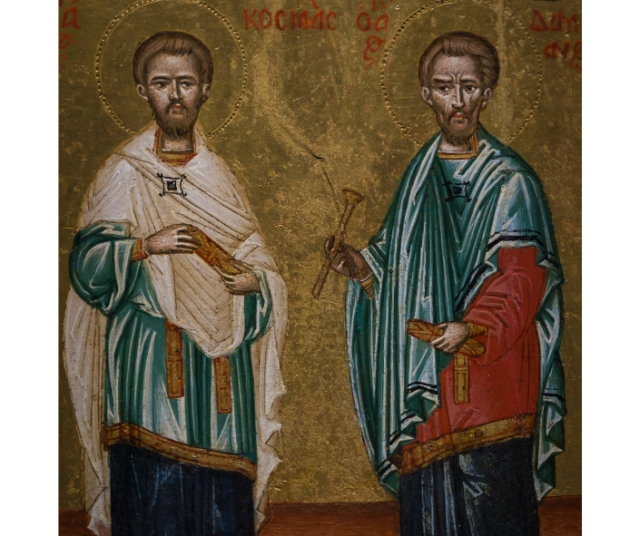The festival of San Saturnino is a religious and cultural celebration that takes place in different regions of Spain to honor this patron saint. San Saturnino, also known as San Cernin , is venerated as the patron saint of several Spanish cities and towns, and his festivity is a special moment for the community, which unites in prayer and celebration.
Origin and meaning of the festival of San Saturnino
The festival of San Saturnino has its roots in the Catholic tradition and dates back centuries. Saint Saturninus was a 3rd century bishop and martyr who preached Christianity in the Iberian Peninsula. His devotion spread rapidly and he became a patron saint in different cities and regions of Spain. The festival of San Saturnino is celebrated in honor of his life, sacrifice and example of faith.
Celebrations in Pamplona
One of the most prominent cities where the festival of San Saturnino is celebrated is Pamplona , in the Navarra region. The holiday takes place on November 29 and is known as " Saturnino's Day ". The celebrations begin with a solemn mass in the cathedral of Pamplona, where the patron saint is honored. After the mass, a procession takes place in which the image of San Saturnino is carried through the streets of the city. The procession is accompanied by music, traditional dances and the participation of the faithful who carry candles and offer their prayers.
Goose hunting in Tudela
In the city of Tudela, also in the Navarra region, the festivity of San Saturnino acquires a unique nuance with the famous " Goose Hunt" . This tradition takes place on November 29, where participants ride horses and try to catch a goose hanging from a rope above the main street. The person who manages to catch the goose becomes the " Greater Gooseman " and is given the recognition and honor of leading the following year's festivities.
The festivities of San Saturnino in Pampliega
In the town of Pampliega, in the province of Burgos , the festival of San Saturnino is celebrated on the last weekend of August. During these festivities, the image of the saint is carried in procession through the streets of the town, accompanied by residents who carry torches and sing religious songs. In addition to religious activities, the San Saturnino festivities in Pampliega also include cultural events, live music, sports competitions and activities for the whole family.
The pilgrimage to Santa Eulalia de Mérida in Mérida
In the city of Mérida , in the Extremadura region, the festival of San Saturnino is celebrated on December 1 with a pilgrimage to the hermitage of Santa Eulalia de Mérida. The devotees walk from the city to the hermitage, carrying an image of San Saturnino on their shoulders and accompanied by music and traditional dances. The pilgrimage is a moment of recollection and devotion, where the faithful offer their prayers and thanks to the patron saint.
Processions and events in other locations
In addition to the celebrations in Pamplona , Tudela, Pampliega and Mérida , the festival of San Saturnino is also commemorated in other towns in Spain. In each place, the celebrations can vary in their form and duration, but in general, they include religious processions, masses, live music, traditional dances, fairs, and cultural activities for the entire community. These festivities are an occasion for the community to come together, strengthen their ties, and renew their faith in San Saturnino.
The festival of San Saturnino in Spain is a special celebration that combines religious tradition with joy and community unity. Through processions, masses, dances, music, and various cultural activities, the Spanish pay homage to their patron saint, San Saturnino. Whether in Pamplona, Tudela, Pampliega, Mérida or other locations, these festivities offer the opportunity to celebrate faith, share moments of joy and reaffirm the cultural identity of each place. The festival of San Saturnino is a living testimony to the devotion and tradition rooted in Spanish society, and each year, the faithful come together to honor and remember the life and legacy of this patron saint.
